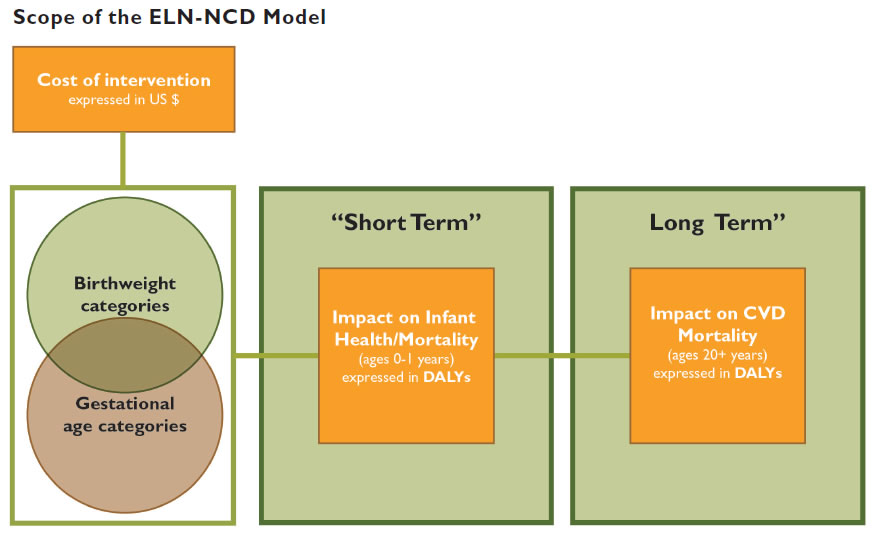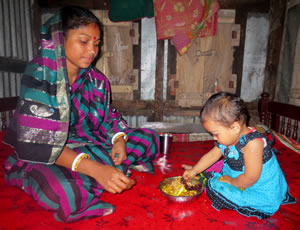Expert Reviewers Offer Support for SPRING’s Guidance for Conducting an Anemia Landscape Analysis
To effectively address anemia, countries must develop a context-specific understanding of their anemia situation. SPRING developed “Understanding Anemia: Guidance for Conducting a Landscape Analysis” to provide step-by-step support for gathering and interpreting data on factors that contribute to anemia and existing strategies for anemia prevention and control.





